Artificial intelligence: a cure or a threat?
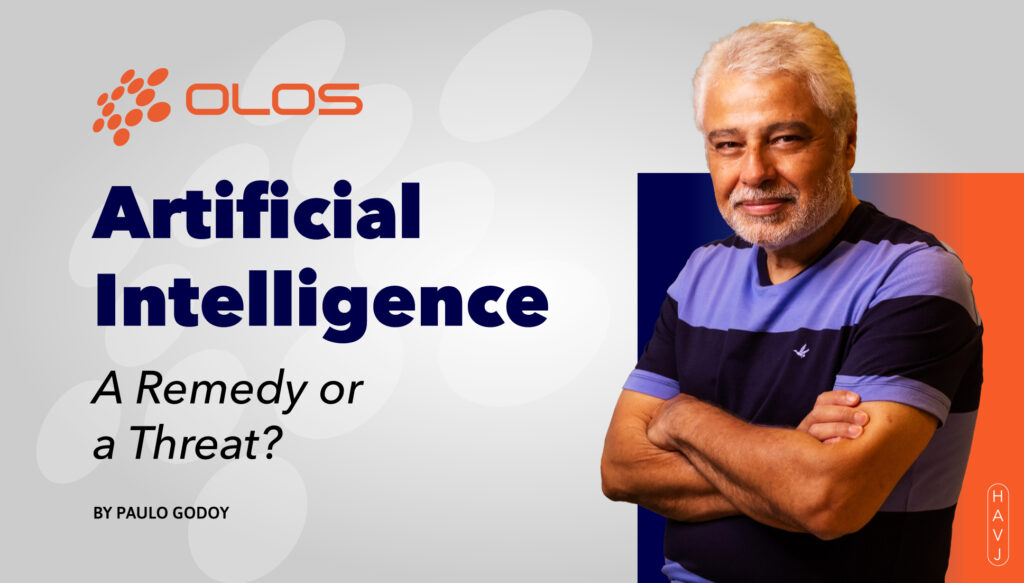
Humanity has already experienced three remarkable industrial revolutions: the mechanical (beginning around 1760), the electrical (1870), and the computer (1950). Each of these revolutions profoundly transformed our lives, revolutionizing society in many ways. Technological advances over the past 250 years have brought about exponential changes, impacting areas such as social life, religion, economics, politics, culture, […]
Personalization in customer service: how can technology help?
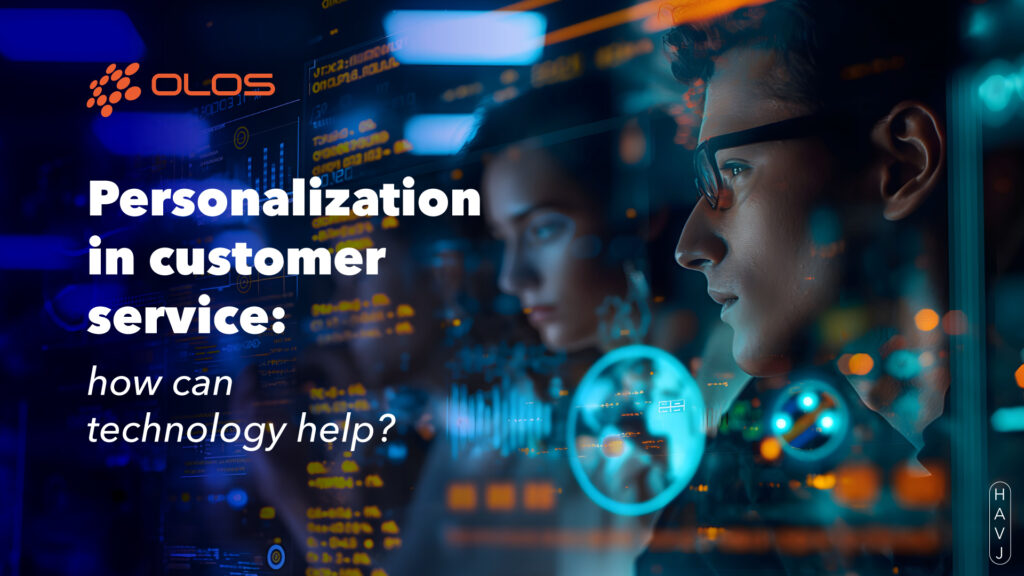
If there is one word that is on the mind of every professional working in customer service and CX – Customer Experience, it is definitely: Personalization! After all, with the highly competitive market and the relentless pursuit of customer satisfaction, personalization in customer service has become not just an option, but a necessity for companies […]
How can customer experience help create brand fans?

In a market scenario where the battle for consumer attention is increasingly fierce, brands are increasingly committed to raising customer satisfaction and ensuring long-term loyalty. To achieve this goal, one of the most notable actions is the application of CX (Customer Experience) strategies to turn customers into true brand fans. But what does that mean? […]
CX and omnichannel service for all customers: Olos technology!
Offering excellence in customer service has ceased to be a differentiator and has become a strategic necessity in businesses across various sectors for several years now. However, in today’s highly competitive market, implementing omnichannel strategies and digital service solutions is increasingly important for companies. Regardless of the segment, it is necessary to serve and delight […]
Discover the future of omnichannel customer service with Olos!
Introduction In recent years, customer service has undergone significant transformations, driven by rapid technological evolution and growing consumer expectations. One approach that stands out in this scenario is omnichannel service, which seeks to provide a cohesive and integrated experience across all channels of communication with customers. In this article, we will explore how Olos is […]
Preparing for the futureIt’s time to assess your organization’s readiness for AI
The arrival of Artificial Intelligence in the business world has completely changed the game. With AI, organizations can make strategic, informed decisions, improve efficiency, reduce expenses, and enhance customer service. If you are looking to take your business to the next level, AI may be the ideal solution. However, before getting fully involved, it is […]
What really matters to customers is how they feel about the product
In the business world, many companies have a habit of focusing intensely on improving their products and services. However, a growing body of evidence points to a crucial fact: what really matters to customers is not just the quality of the product itself, but how they feel about it. Ignoring customer emotions and prioritizing product […]
Do you know what makes a customer choose your product?
Understanding the consumer decision-making process is essential to a brand’s success. With widespread access to information and alternatives, consumers have taken control of their choices, exerting an increasing influence on the market in terms of the products and services they want to consume and the brands that best meet their needs. For this reason, organizations […]
Learn more about Olos’ Digital Agent at:
Data can help companies improve their marketing and sales strategies Learn how to turn it into valuable insights that can create positive experiences In the digital age, data plays a crucial role in shaping exceptional customer experiences. It is the backbone for understanding customer needs, predicting behaviors, and personalizing interactions. However, using data effectively is […]
Olos: The right technology to achieve excellence in customer service!
Of course, all these processes benefit greatly from the use of technology. The organization needs to conduct a thorough diagnosis and draw up a careful plan to choose the best tools capable of delivering the expected results. Olos has the ideal solution for companies that want to maximize the omnichannel experience. The OlosChannel platform allows […]
Discover the three pillars of customer service to provide the perfect omnichannel experience!

A good customer experience is essential for brands that want to be competitive in the digital age. With consumers becoming increasingly informed and connected, achieving this depends on organizations investing in a fluid and consistent omnichannel experience across a wide range of service channels. Nowadays, the variety of touchpoints that a buyer uses to find […]
Artificial Intelligence: A Remedy or a Threat?

A humanidade já viveu três revoluções industriais marcantes: a mecânica (iniciada por volta de 1760), a elétrica (1870) e a computacional (1950). Cada uma dessas revoluções transformou profundamente nossas vidas, revolucionando a sociedade em diversos aspectos. Os avanços tecnológicos dos últimos 250 anos provocaram mudanças exponenciais, impactando áreas como vida social, religião, economia, política, cultura, […]
Inteligência Artificial: Um Remédio ou uma Ameaça?

A humanidade já viveu três revoluções industriais marcantes: a mecânica (iniciada por volta de 1760), a elétrica (1870) e a computacional (1950). Cada uma dessas revoluções transformou profundamente nossas vidas, revolucionando a sociedade em diversos aspectos. Os avanços tecnológicos dos últimos 250 anos provocaram mudanças exponenciais, impactando áreas como vida social, religião, economia, política, cultura, […]
Personalização no Atendimento ao Cliente: como a tecnologia pode ajudar?
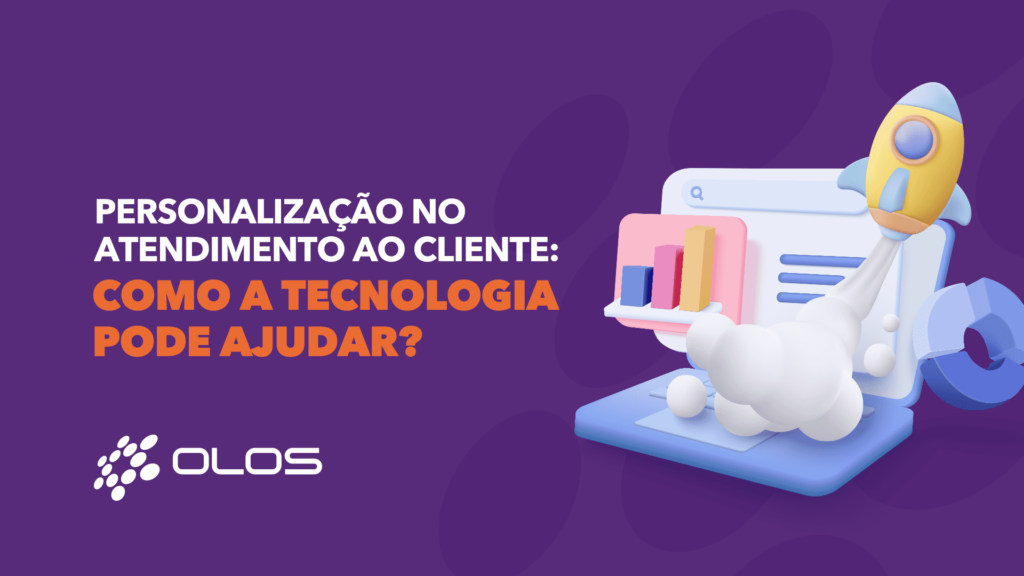
Se tem uma palavra que está na cabeça de todo profissional que atua com atendimento ao cliente e CX – Customer Experience, com certeza, é: Personalização! Afinal, com a alta competitividade do mercado e a busca incansável pela satisfação do cliente, a personalização no atendimento tornou-se não apenas uma opção, mas sim uma necessidade para […]
Como a Experiência do Cliente pode ajudar a criar fãs de sua marca?

Em um cenário de mercado em que a disputa pela atenção dos consumidores é cada vez mais acirrada, as marcas estão cada vez mais empenhadas em elevar a satisfação dos clientes e garantir sua fidelidade a longo prazo. Para alcançar esse objetivo, uma das ações que mais se destaca é a aplicação de estratégias de […]
CX – Customer Experience e Atendimento Omnichannel para todos os clientes

Oferecer excelência no atendimento ao cliente deixou de ser um diferencial para se tornar uma necessidade estratégica em negócios de vários setores já há alguns anos. Porém, em um cenário de alta competitividade no mercado como o atual, implementar estratégias omnichannel e soluções de atendimento digital é cada vez mais importante para as empresas. Independentemente […]
Como ser mais efetivo ao acionar clientes em 2024? Conheça o Olos JX Scoring!

Com previsões de estabilidade econômica no Brasil para 2024, como indica o boletim Focus divulgado pelo Banco Central, muitas empresas devem focar na produtividade e na otimização de recursos para encontrar oportunidades de crescimento. Essa necessidade de gerar resultados sem realizar grandes investimentos está presente também nas atividades relacionadas ao relacionamento e acionamento de clientes. […]
Utilizando o Olos JX Scoring para acionar clientes inadimplentes
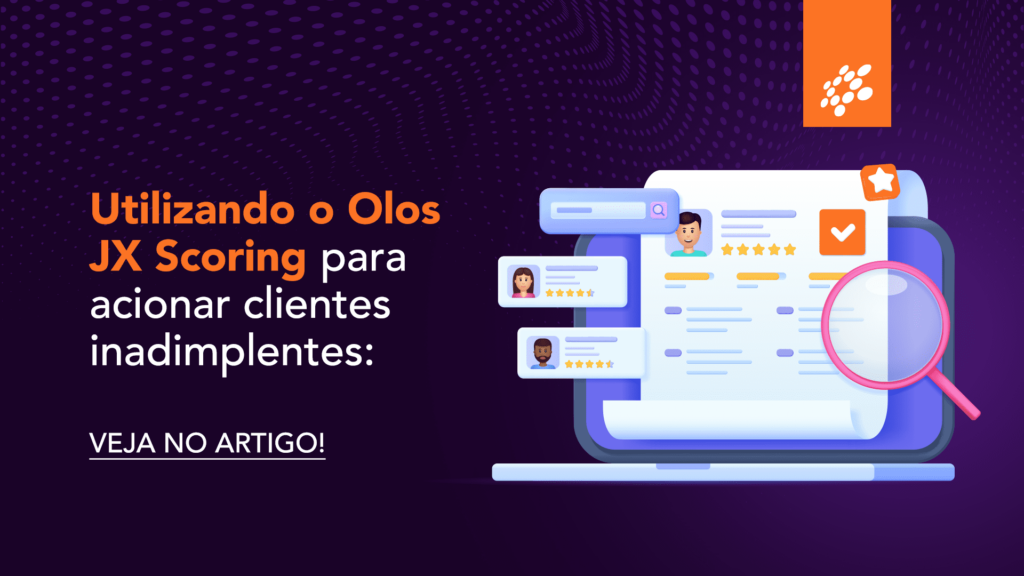
Conseguir falar com clientes inadimplentes via telefone é um dos maiores desafios na área de cobrança atualmente. Afinal, é preciso gerar resultados com eficiência, respeitando a proteção dos dados dos contatos e as regulamentações do setor. Para enfrentar esse cenário, a Olos Tecnologia desenvolveu uma solução exclusiva: o Olos JX Scoring, que fornece uma análise […]
Inteligência de dados para acionar clientes com mais eficiência: conheça o Olos JX Scoring

Acionar clientes via telefone é uma das principais rotinas nas áreas de relacionamento e atendimento ao cliente de diversas empresas. Para além dos desafios comuns do setor, essa tarefa enfrenta atualmente a necessidade de gerar resultados garantindo a proteção dos dados de seus contatos. Ou seja, é preciso ter eficiência e assertividade no acionamento via […]
O Futuro do Atendimento Omnichannel: O Impacto Inovador da Olos no Mercado
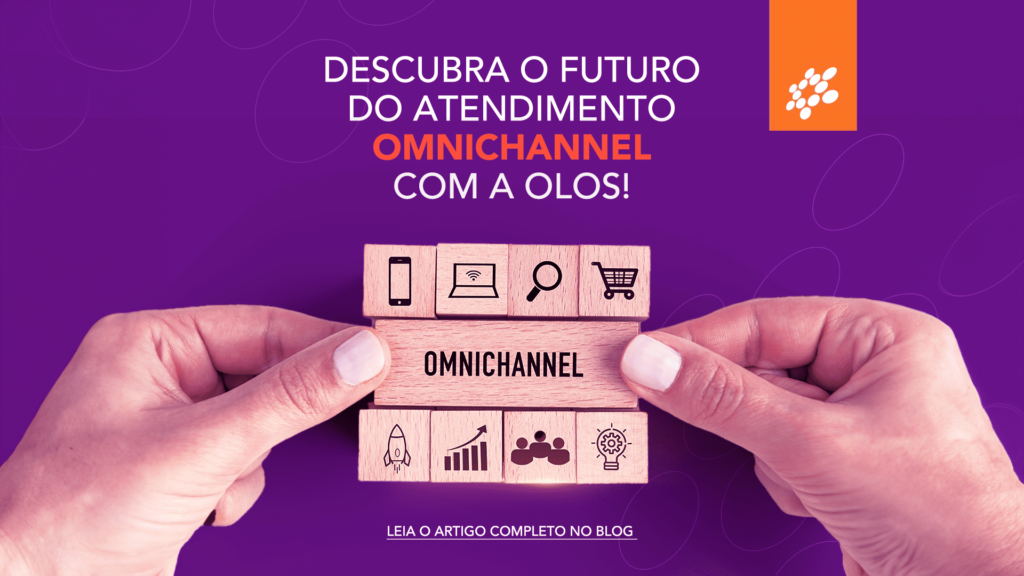
Introdução Nos últimos anos, o atendimento ao cliente tem passado por transformações significativas, impulsionadas pela rápida evolução tecnológica e pelas crescentes expectativas dos consumidores. Uma abordagem que se destaca nesse cenário é o atendimento omnichannel, que busca proporcionar uma experiência coesa e integrada em todos os canais de comunicação com os clientes. Neste artigo, exploraremos […]
Olos JX SCORING

Com previsões de estabilidade econômica no Brasil para 2024, como indica o boletim Focus divulgado pelo Banco Central, muitas empresas devem focar na produtividade e na otimização de recursos para encontrar oportunidades de crescimento. Essa necessidade de gerar resultados sem realizar grandes investimentos está presente também nas atividades relacionadas ao relacionamento e acionamento de clientes. […]
Os benefícios Olos

Navegando a Era Digital com Olos Tecnologia A Olos Tecnologia está no centro da inovação digital, por meio de um poderoso sistema unificado de comunicação, verdadeiramente omnichannel, fornecendo soluções que impulsionam a eficiência, o crescimento e a transformação do seu negócio. O OlosChannel é omnichannel, pois possui diversos canais de comunicação: WhatsApp, SMS, telefone, vídeo […]
Customer Experience e atendimento por App: uma combinação de sucesso?

Com a evolução digital, os clientes estão mais conectados virtualmente com as marcas. As compras, interações nas redes sociais, comparação de preços e serviço de atendimento se estabeleceram no ambiente digital, aproximando o cliente da marca e ajudando a criar uma conexão mais personalizada. Nesse sentido, o Customer Experience é, talvez, a parte mais importante […]
Autoatendimento fácil, conduzido por um agente digital? Só a Olos tem!

O cliente já está familiarizado com totens de serviço e achará ainda mais simples usar a nossa plataforma, que conta um agente digital para guiar o passo a passo do autoatendimento, tudo feito de forma visual, sonora e interativa. O autoatendimento é interessante porque resolve uma das principais frustrações dos clientes hoje: a espera para ser atendido. Olos Web Interactive (OWI) permite que os usuários encontrem […]
A Olos é finalista do Prêmio ClienteSA 2021

É bom ter nosso trabalho reconhecido, concorda? É um sinal de que estamos no caminho certo, que atendemos às expectativas do mercado e que temos talento e competência. Por isso, o time Olos está feliz por chegar à fase finalista entre os indicados ao Prêmio ClienteSA 2021. O Prêmio ClienteSA foi criado em 2014 com […]
Conheça a plataforma de autoatendimento mais inovadora, inteligente e amigável do mercado

Agilizar o atendimento é fundamental. Nenhum cliente quer esperar, nem que sejam poucos minutos, por alguém do outro lado da linha telefônica, da tela do computador ou celular. Por isso, trabalhamos para que as tecnologias que permitem a automação dos agentes digitais sejam cada vez melhores, eficazes e seguras. Uma delas, voltada para o autoatendimento, […]
Customer Experience é a nova batalha. Sua empresa está preparada?

Como você se sente quando liga para uma empresa e o atendimento é ruim, demorado e muitas vezes nem resolve o seu problema? Verdade seja dita, ninguém quer comprar ou fazer negócio com uma empresa cujo tratamento ao cliente deixa a desejar. A experiência do consumidor (ou CX – Customer Experience) está na pauta do dia a dia das empresas porque […]
Discador Preditivo: Olos recebe Prêmio Consumidor Moderno em 2021
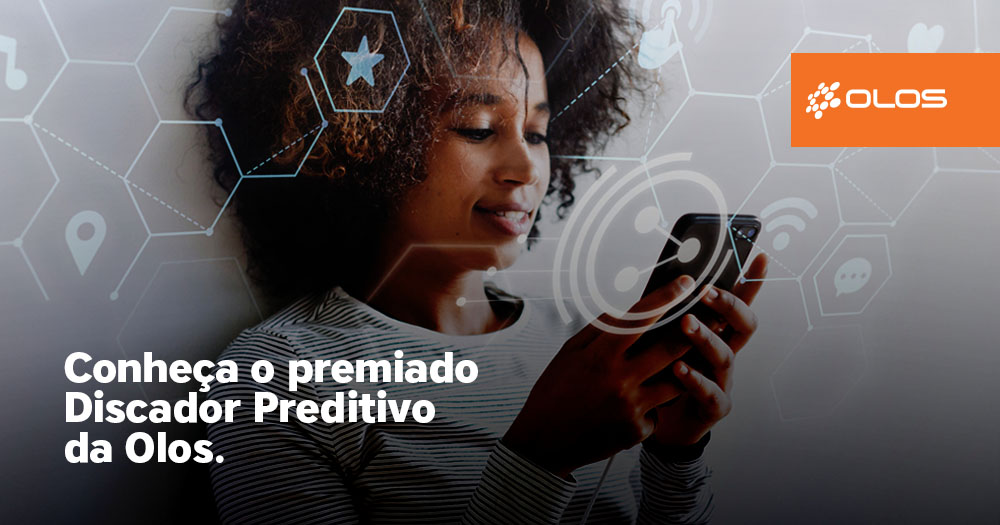
O discador preditivo é uma das soluções oferecidas pela Olos Tecnologia que mais encanta os clientes, por conta de sua capacidade de agilizar a realização de atividades e promover a redução dos gastos da operação. Leia mais: 4 benefícios do discador preditivo para empresas B2C E, justamente por conta disso, essa inovação foi premiada recentemente […]
Saiba como melhorar o atendimento ao cliente por telefone em tempos desafiadores

No momento atual, um dos grandes desafios das empresas para superar a crise causada pelo coronavírus é sobre como melhorar o atendimento ao cliente por telefone. Nesse sentido, apesar do crescimento na utilização de plataformas como redes sociais e Whatsapp, o atendimento via telefone ainda é um dos preferidos dos consumidores. De acordo com relatório […]
Tecnologia no atendimento ao cliente: como atualizar os canais na estratégia de negócio

O uso da tecnologia no atendimento ao cliente não é mais uma tendência, mas uma realidade para suprir expectativas de consumidores cada vez mais exigentes no relacionamento com as marcas. Independentemente do segmento, a espera do consumidor é que a tecnologia facilite processos como tirar dúvidas, alterar dados, emitir 2ª via de boleto, entre outras […]
